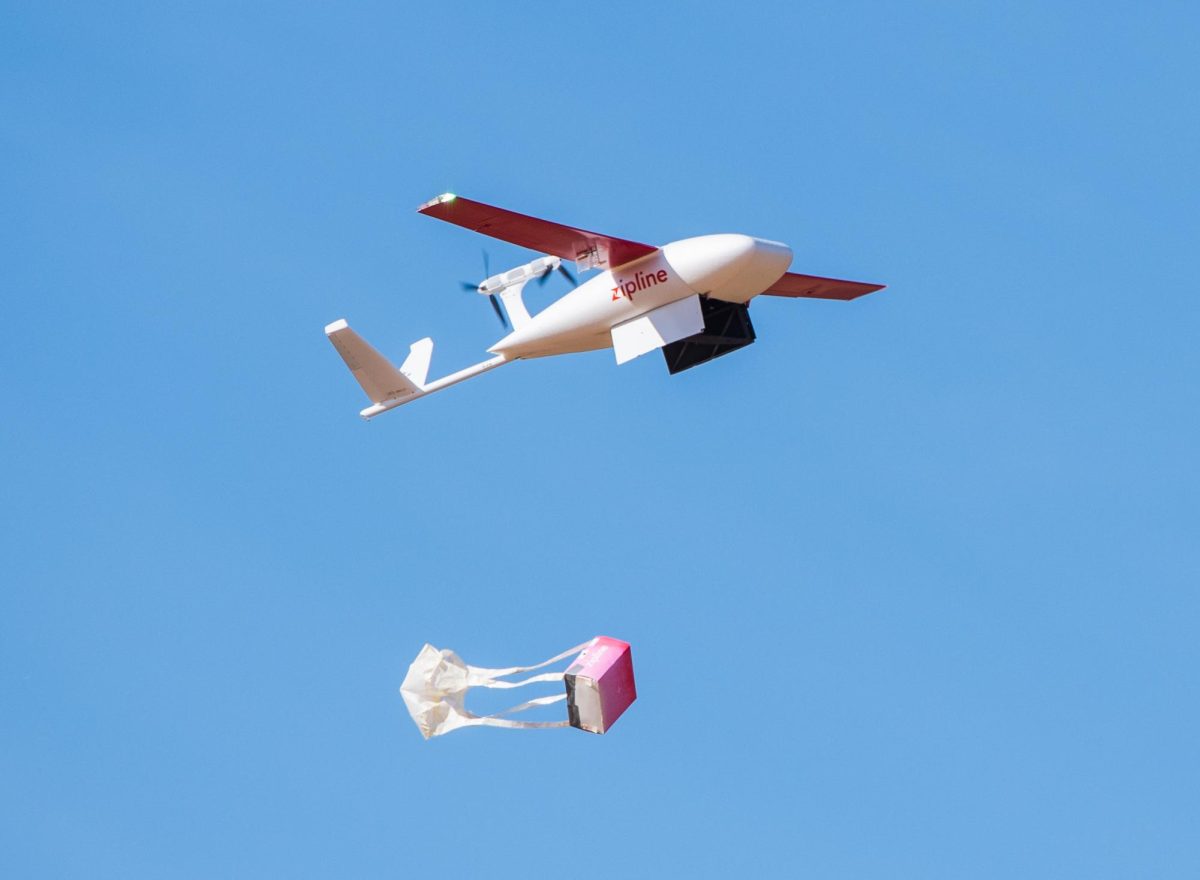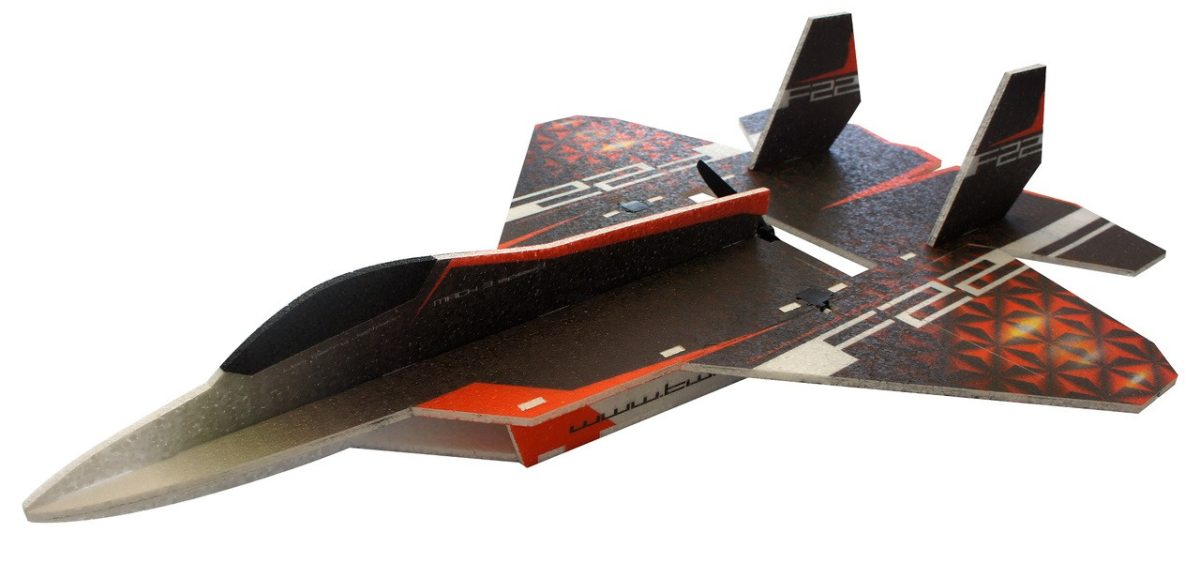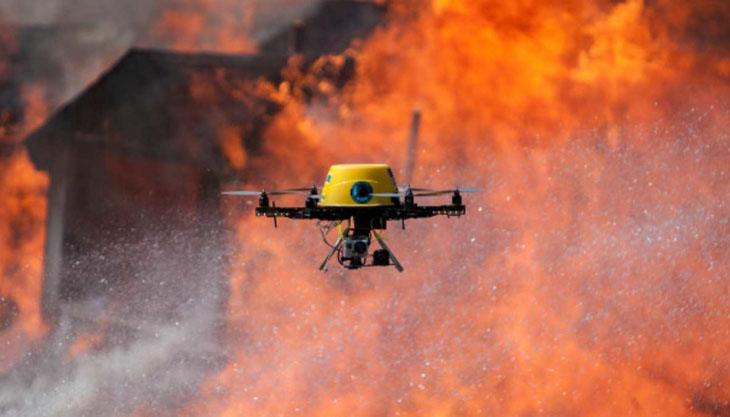When natural disasters like floods or earthquakes, or inaccessible broken roads make places hard to reach, people still need medicine, food, water, or even information. Today, radio-controlled (RC) planes are becoming a smart way to cross unreachable terrain, and damaged roads safely. They can fly long distances, use little energy, and drop or lower supplies exactly where they’re needed. Together with good planning on the ground, these aircraft are improving how fast help arrives and how many people can be reached.
Before drones, helpers used methods like airdrops from crewed airplanes, helicopters, off-road trucks, boats, and even pack animals. These approaches worked, but they were expensive, limited by weather and terrain, and sometimes risky for pilots and crews. Historical records show large airdrop operations delivering food and medical supplies when landing wasn’t possible, a reminder that aircraft have been used to reach these places before small types of aircraft.
Today, RC planes are part of everyday life in more and more regions. Health systems in Africa have used fixed-wing drones to move blood products and lab samples quickly between hospitals and clinics, helping reduce waste and delays. A 2024 review highlights drone programs that cut stock-outs of essential medicines and trimmed blood product expirations after drone delivery began. These efforts aim to solve getting supplies to people in remote areas. In India, aid groups have handed over disaster-response drones to local authorities to speed food, and medical deliveries in mountainous areas.
Looking ahead, RC planes could help even more as rules evolve to allow routine long-distance flights beyond a pilot’s line of sight (BVLOS). In August 2025, the U.S. Federal Aviation Administration published proposals describing how to safely normalize BVLOS operations, an important step toward wider use of long-range deliveries, disaster mapping, and search-and-rescue missions. As these policies mature, communities could see faster emergency response, steadier resupply to remote clinics, more reliable support during storms and wildfires, and focusing on even more efficient ways to deliver supplies.
What do RC planes actually do during a delivery? Fixed-wing systems cover long distances efficiently and either release small parachute packages from a safe height or hover and lower items on a tether, depending on the design. Programs have logged millions of autonomous miles and hundreds of thousands of deliveries, showing that precise drops and rapid turnarounds are possible even in tough terrain. Evidence summarized by global health analysts links drone delivery to shorter transport times and fewer expired medical products, key outcomes when minutes matter.
In short, RC planes extend the reach of helpers while keeping people on the ground and in the air safer. They don’t replace trucks, boats, cars, or helicopters; instead, they add a fast, flexible tool that can fly over roadblocks and squeeze precious time out of critical deliveries. With clearer rules and continued partnerships between different stakeholders, RC planes can help more people in more places—turning hard-to-reach into reachable.
Works Cited
Federal Aviation Administration. (2025, August 6). Beyond Visual Line of Sight (BVLOS) Fact Sheet. https://www.faa.gov/newsroom/beyond-visual-line-sight-bvlos
Save the Children. (2024, July 18). Drone that delivers lifesaving supplies in disasters dispatched in India. https://www.savethechildren.org/us/about-us/media-and-news/2024-press-releases/drone-to-deliver-life-saving-supplies-in-disasters-dispatched-in-india
Think Global Health. (2024, June 19). Drones deliver humanitarian aid in Africa. https://www.thinkglobalhealth.org/article/drones-deliver-humanitarian-aid-africa
U.S. Army Quartermaster Museum. (2025, July 11). Emerging technology in airdrop operations. https://qmmuseum.army.mil/research/history-heritage/aerial-delivery/Emerging-Technology-in-Airdrop-Operations.html
Zipline. (n.d.). Journal article: Last-mile blood delivery in Rwanda reduces maternal mortality by 51%. https://www.zipline.com/newsroom/stories/research-insights/journal-article-last-mile-delivery-reduces-maternal-mortality-by-51














